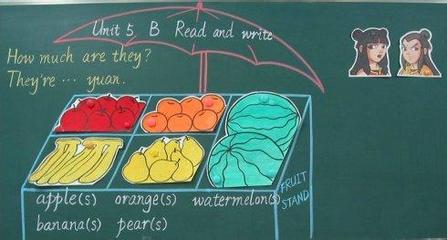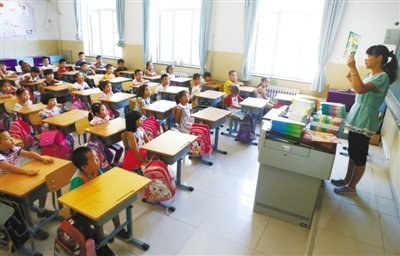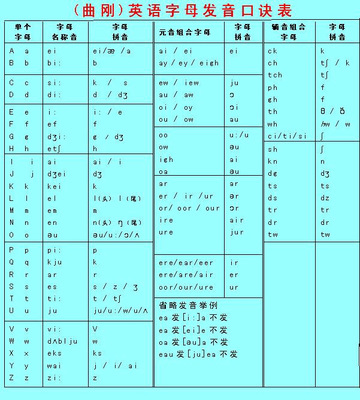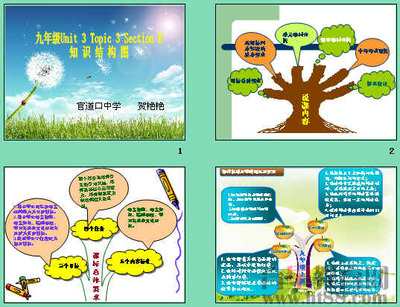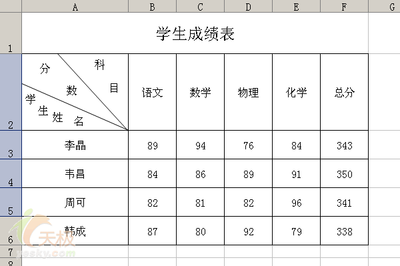Module1 Europe
Period2 reading and vocabulary
Great European Cities
Part 1 Understanding of this lesson
The analysis of the teaching material:
The material is a reading passage about the European cities. It introduces four famous cities in Europe. The cities are Paris, Barcelona, Florence and Athens. Analysis of the students:
The students have the basic abilities of listening, speaking, reading, and writing, but they still need more opportunities to practice, and they also need more reading skills to help them learn a reading material.
Teaching aims:
1. Knowledge aims:
(1)To help students understand the words and some useful expressions
(2)To get the studentshave a better understanding of the text
2. Ability aims:
(1)To train the students’ reading ability
(2)To train the students’ ability of guess words’ meaning by read the sentence.
3. Emotional aims:
To get the students learn more about the Europe and Europe cities.
Teaching key points
Train the students’ reading ability.
Teaching difficult points
1. Let the students understand the passage better.
2. Let them grasp key words and phrases.
Part 2 Teaching theories
question-and-answer method, self-dependent learning method, cooperative
learning method, task-based teaching and learning and so on.
Teaching aids:
1. Projector
2. Tape recorder
3. Multimedia
4. Blackboard
Part 3.Teachingprocedures 45’
Lead-in and preparation for reading, Fast reading(scanning), Listening, Intensive reading, Language points, Discussion, Homework
Step 1. Lead-in and preparation for reading 5’
Show the students some pictures about some landmarks of Europeancities, such as the Eiffel Tower, the Parthenon, the Uffizi Palace and The SagradaFamilia. And then discuss the following questions:
1. What do you know about these cities?
2. Where are these buildings located in?
Methods: self-dependent learning method, Question-and-answer method,
task-based language teaching
Purpose: To train the students’ self-dependent learning ability and have a brief understanding of the passage.
Step 2. Fast reading 12’
In this step, the students will have a brief understanding of the text, and they have to finish two tasks
Task 1 General idea2’
The students will be asked to just look at the title and the pictures of the passage, and then guess what the textistalking about
Task 2 Main idea of each paragraph 10’
Ask students to read the passage as quickly as they can, thenanswer questions on the screen and finish exercise 1 on page 2,and then summarize the main idea of each paragraph:
1. Which of the cities are capital cities?
2. Which one is situated on the coast?
Methods: self-dependent learning method, question-and-answer method, task-based language teaching
Purpose: To train the students’ self-dependent learning ability and have a brief understanding of the passage.
Step 3. Listening(book closed)5’
Listen to the tape and finish exercise4 on page 3.
Purpose: To train the students listening ability and prepare for later exercises. Step 4.Intensive reading 10’
Read the passage carefully again and answer some detailed questions on the screen.
1. Which is famous for its places to eat?
2. Which ones are or were important cities for writers and artists?
3. Which was the world’s greatest city a long time ago?
Then finish the exerisies2 on page 3.
Divide the students into 2 groups, and then ask them to finish the tasks by competition and cooperation. If anyone answers the question correctly, his or her group will get 1 point, and the group which gets the most points is the winner. Methods: cooperative learning method, competition, task-based language teaching
Purpose: To train the students to grasp the key words and the detailed
information, and have a better understanding of the text. Through cooperation and competitions, the students get the joy of success which makes the students become more interested in learning English, at the same time; it can help the students improve the cooperative learning ability.
Step5. Language points 8’
1. Paris is the capital and largest city of France, situated on the River Seine. situated on the River Seine:past participle used as attribute.
Situated: adj
(1)in a particular place or position.
Eg. My bedroom was situated on the top floor of the house
(2)in a particular situation or in particular circumstances.
Eg. Small businesses are well situated to benefit from the single market.
Situate: v. to build or place sth in a particular position.
Situation: n. (1) all the circumstances and things that are happening at a particular time and in particular place.
(2)the kind of area or surroundings that a building or town has
2. be famous for sth.: be well known for sth.
3. work on sth: Spend time/energy on sth..
4. because of: as a result of
5. of all time: at any time
6. distinguish two phrase: be known as and be known for
Be known as=be famous as, in this phrase “as” means identity, the phrase means become famous because it be regarded as sth.
Be known for: in this phrase “for” refers toreason, the phrase means sth./sb. be famous because sth.
7. ever since: from long time ago to today
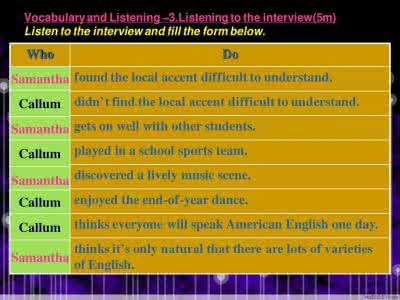
Purpose: To train the Ss’ ability of understanding and using language, and increase their vocabulary.
Step6.Discussion 4’
Get the students to have a discussion in groups about the following questions:
1. What new information did you learn?
2. Which of them would you most like to visit?
Methods: cooperative learning method, task-based language teaching
Purpose: By doing this, the students can train their thinking, speaking and
communication abilities; in addition, they can also learn more about the
knowledge aboutEurope cities.
Step7.Homework 1’
Write an article to describe they favoritecity.
Purpose:To improve the ability of their writing. At the same time, train the ability of do-it-yourself and looking up the information by themselves.
Part 4. Blackboard design
Great European Cities
Main ideacompetition points
Paragraph 1 Paris
Paragraph 2 BarcelonaGroup 1
Paragraph 3Florence
Paragraph 4Athens Group 2
Key words:situated Ancient architecture gallery landmark locate sculpture writer project birthplace civilization symbolEuropean cities art
Key phrases and sentences:1...situated on the River Seine.2.be famous for sth.3.work on sth4.because of5. of all time6. be known as/ be known for7. ever since
Purpose: to get the students to have a clear idea to get the main content of this lesson.
百度搜索“爱华网”,专业资料,生活学习,尽在爱华网
 爱华网
爱华网